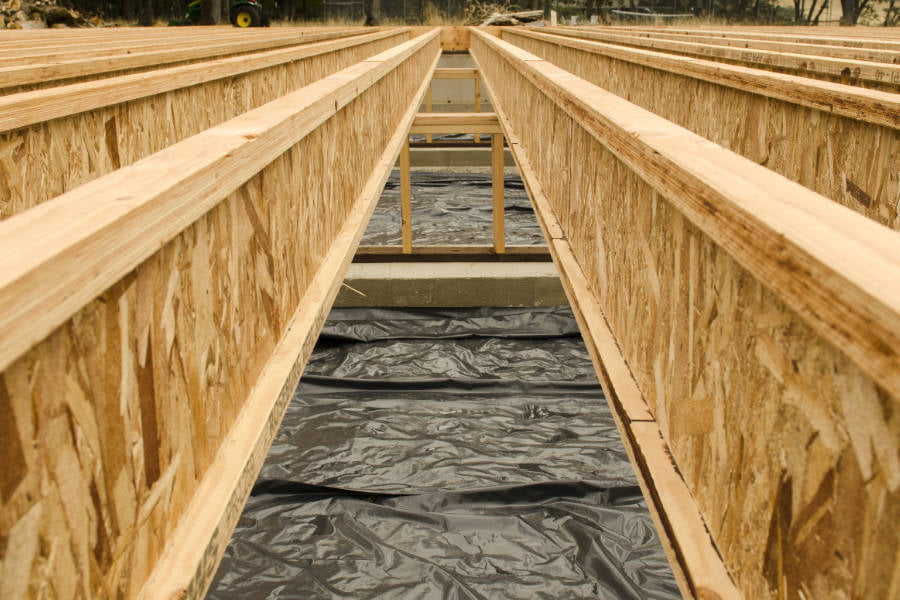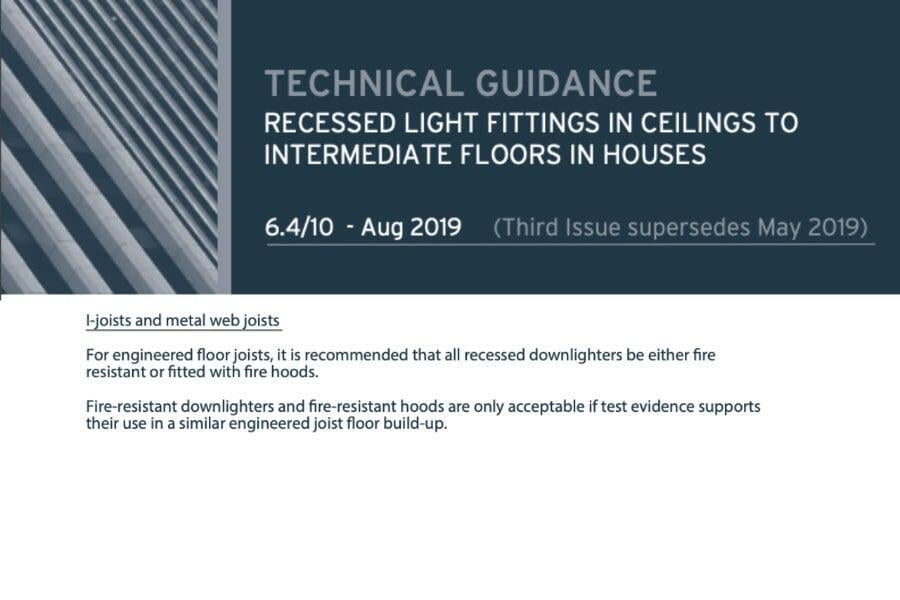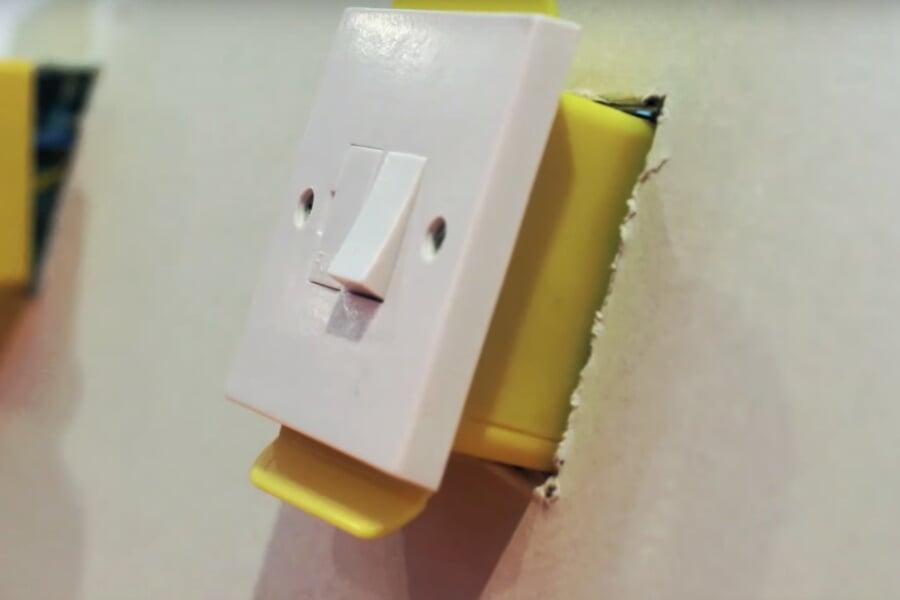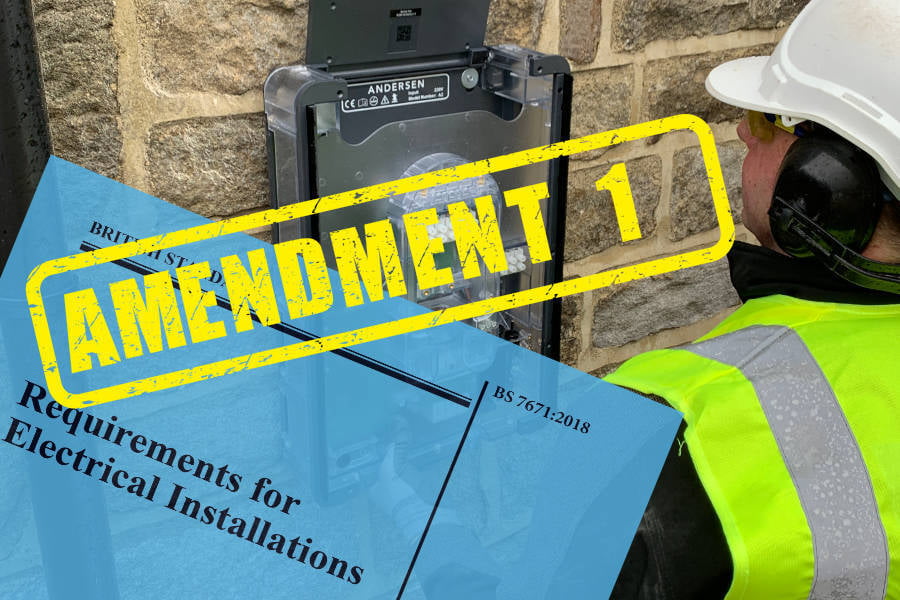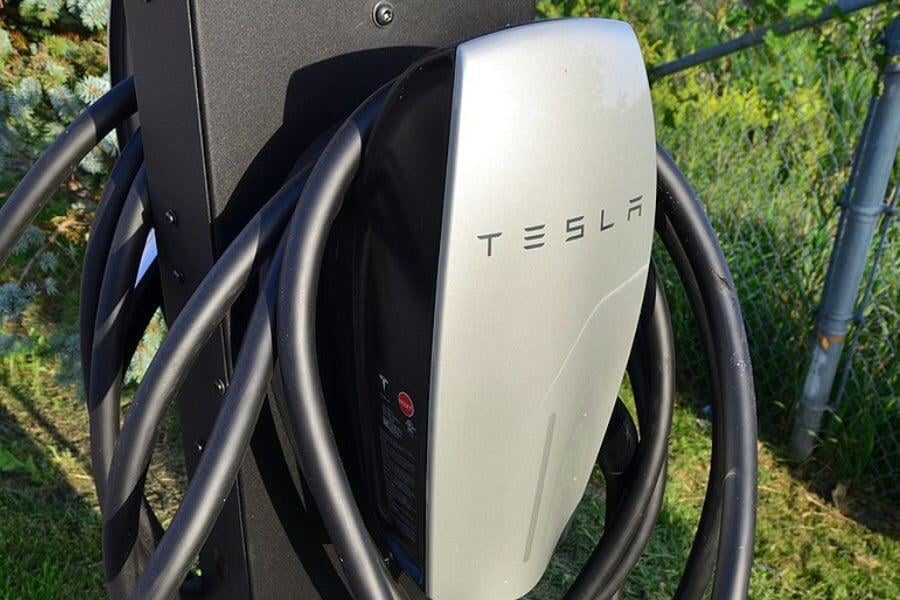The NHBC burns a hole in fire-rated down light certification.
By Gordon Routledge
Thursday 27th February 2020
SHARE IT
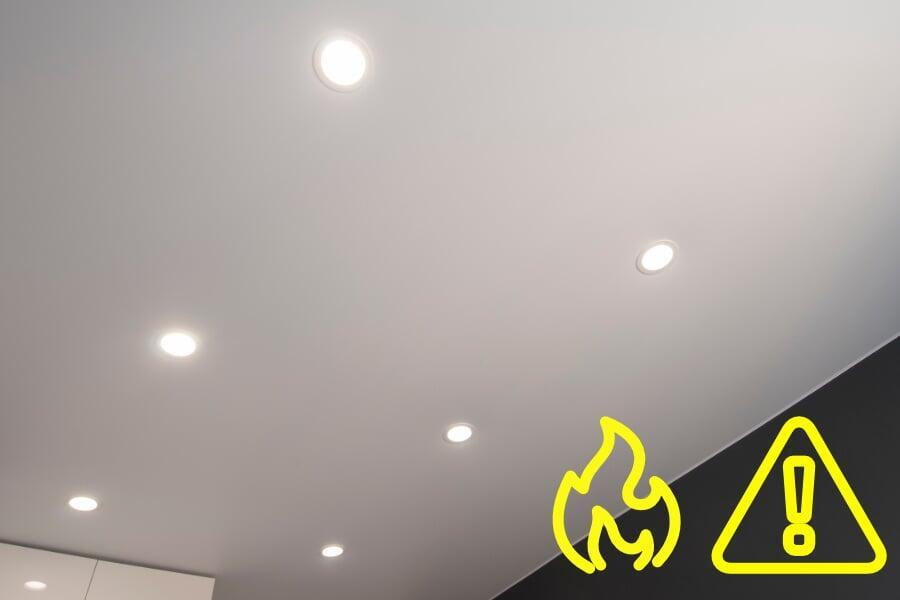
Video report: Gary Hayers and Joe Robinson drill in to the issue
KNOW HOW: How are fire rated down lights tested ?
The 30 minute fire test for a recessed downlight is a challenging process. A real-life ceiling is constructed. Then it's subjected to a severe fire with temperatures quickly exceeding 600 degrees Celcius.
Ceiling build
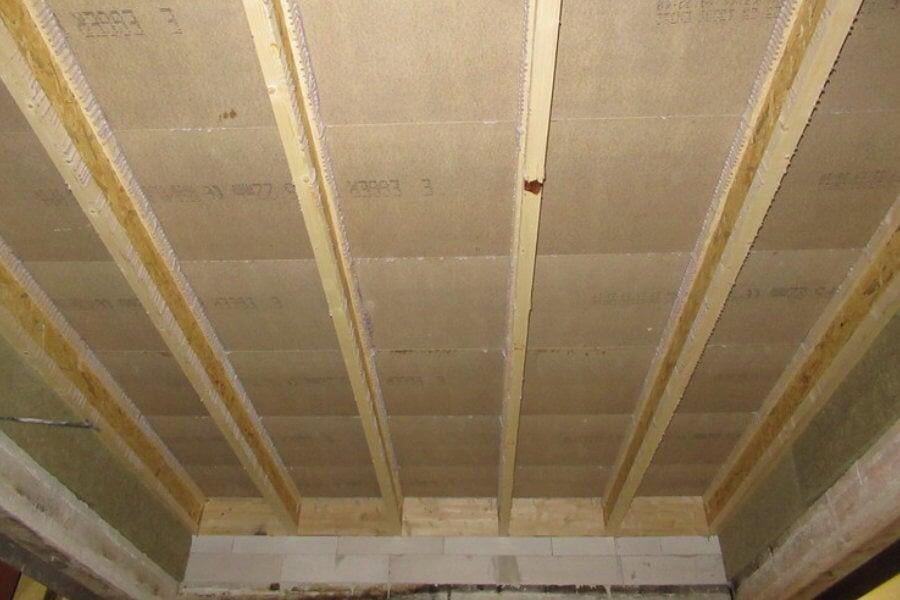
4 x 3 meter ceiling structure built to joist manufacturers instructions.
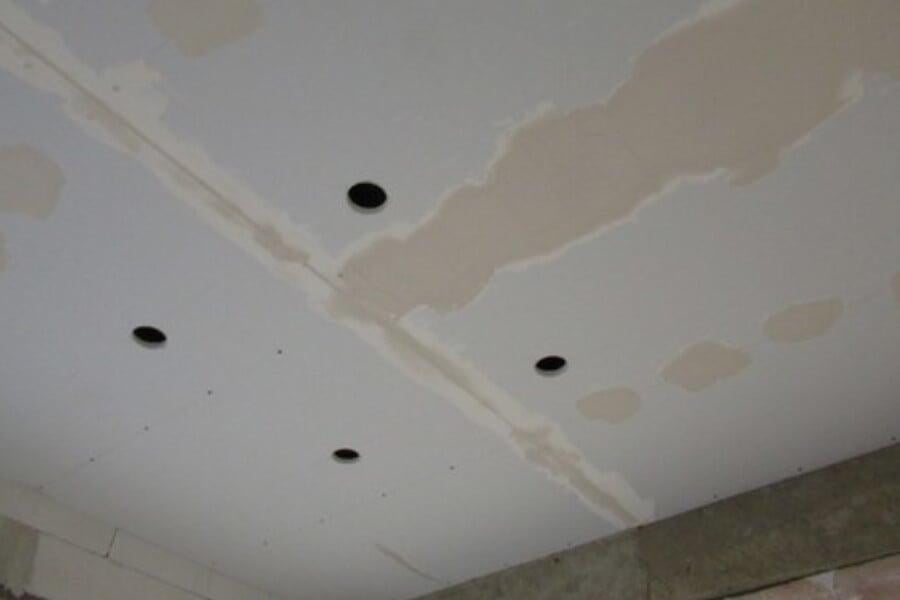
Ceiling finished with specified plasterboard. gaps and screws sealed. Down lights installed.
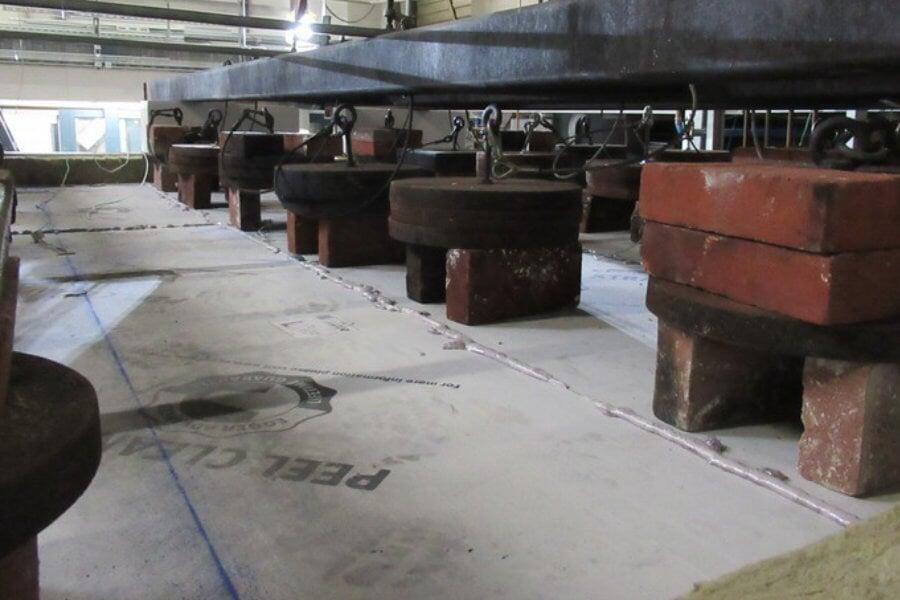
Ceiling structure loaded to mimic real-life floor conditions - e.g furniture / people.
Fire test starts
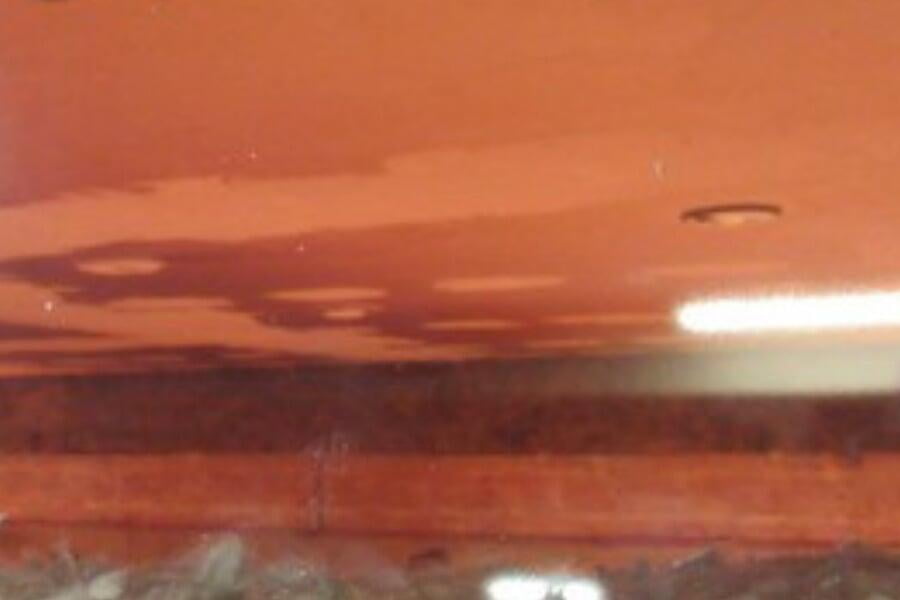
1 Minute
Paper on plaster board starts to blacken.
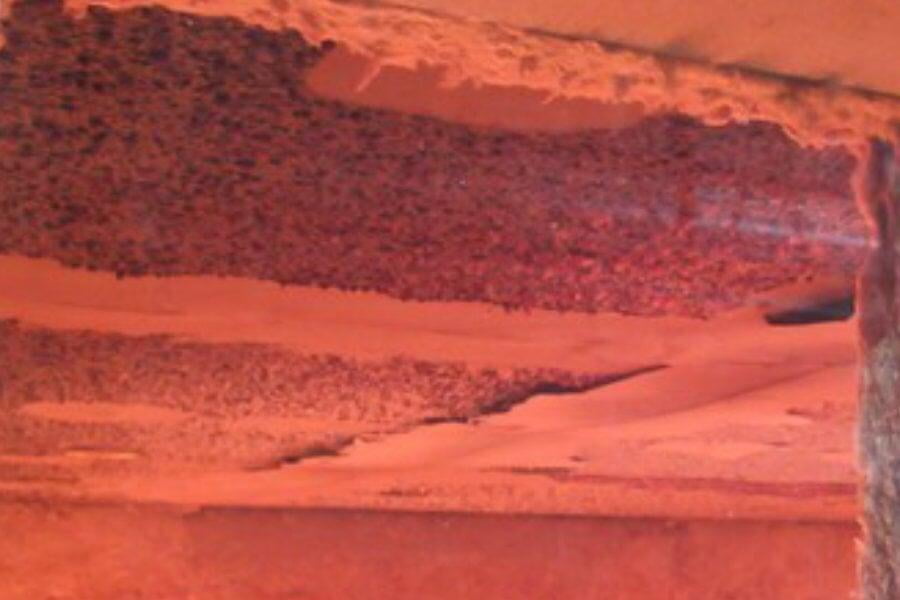
6 Minutes
Filler peeling away.
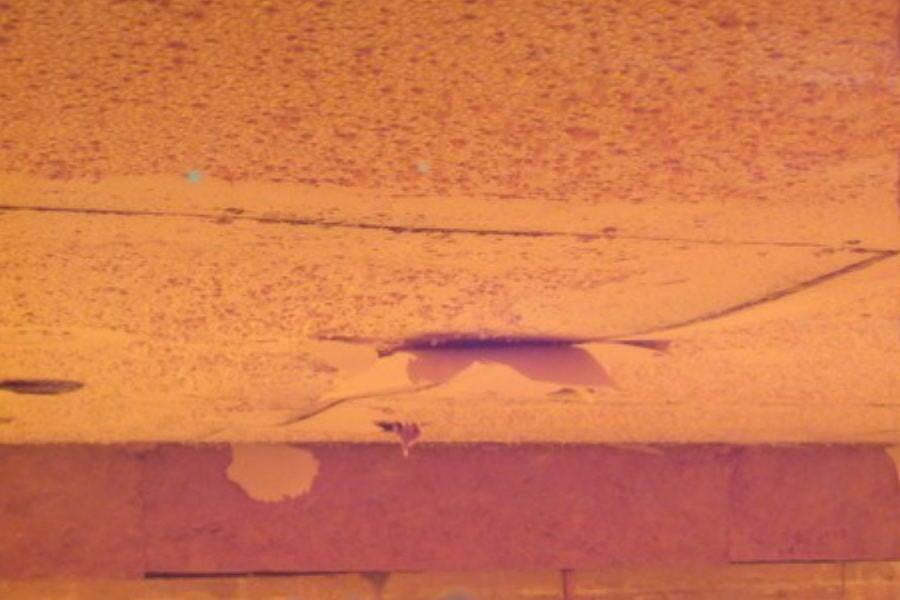
17 Minutes
Plasterboard starting to deform.
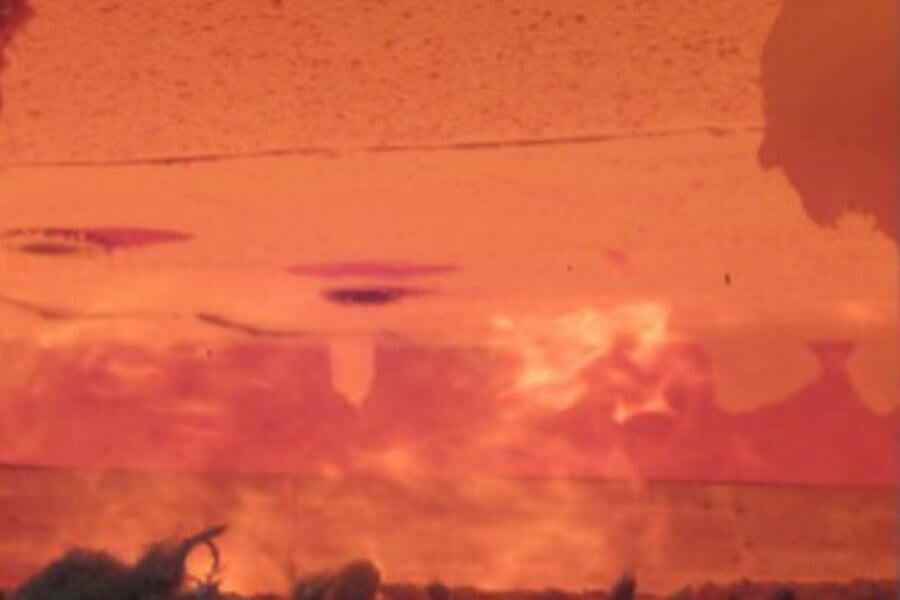
33 Minutes
Flames in the test chamber - ceiling timbers starting to burn.
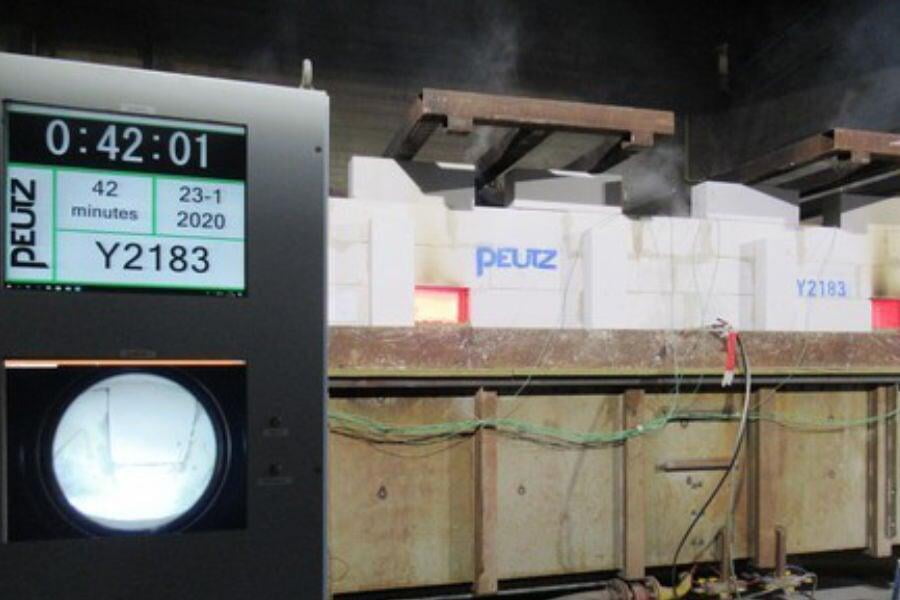
42 Minutes
Smoke escaping from upper floor level
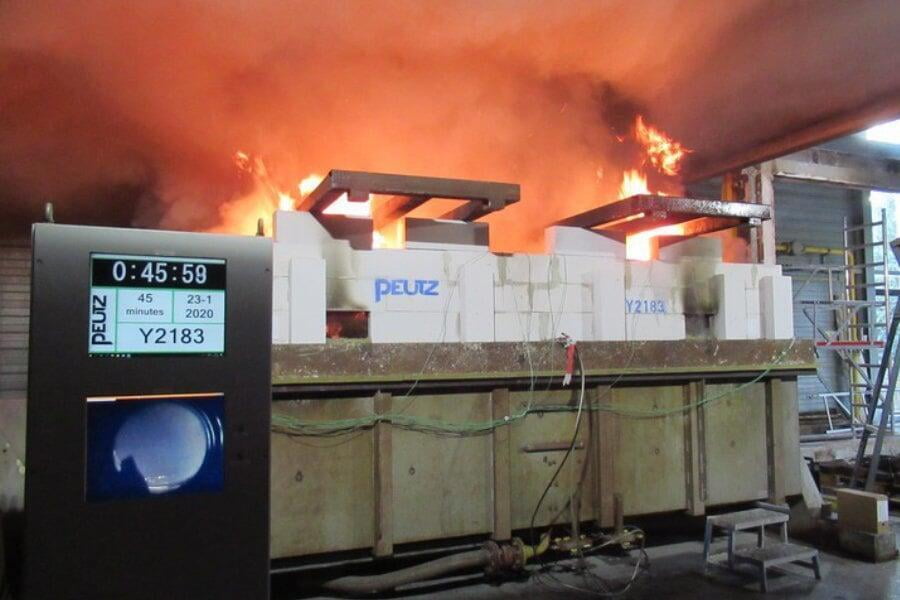
45 Minutes
Ceiling collapses
Standards to look out for:
BS EN 1365-2:2014
Fire resistance tests for load bearing elements. Floors and roofs
BS EN 15725:2010
Extended application reports on the fire performance of construction products and building elements.
NHBC Guidance notes - Here >>
